The Forest and Desert School Revisited – Group Show
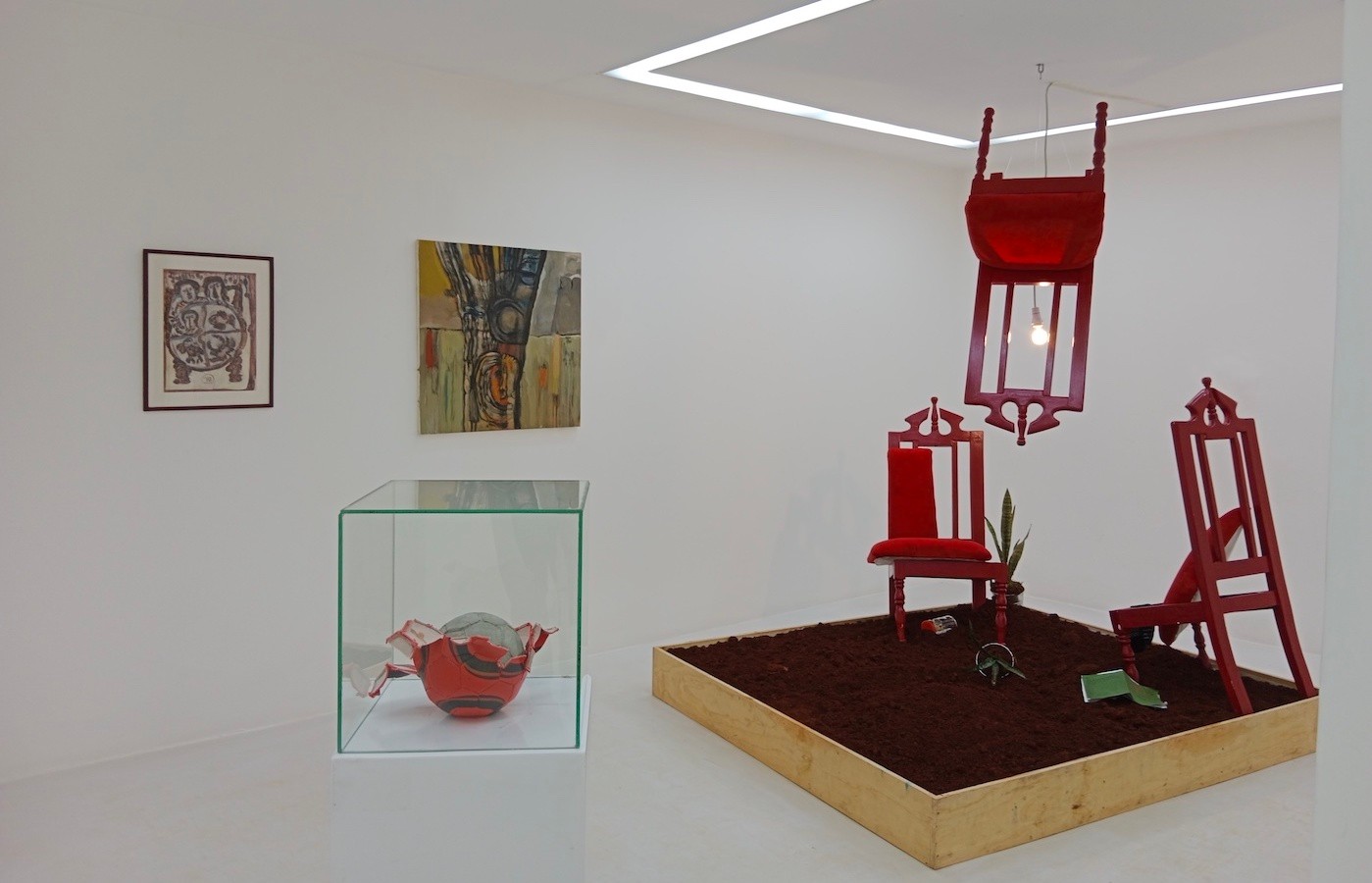
The Forest and Desert School Revisited – Group Show
The Forest and Desert School Revisited brings together works of art that explore African and Arab identity as hybrid and distinct articulations of the poetic entanglement with the landscape. It is Inspired by the literary school that emerged in the 1960s known as The Jungle and Desert School/Madrasat al-Ghaba wa al-Sahra , The Bush and Desert School, The School of Ebony and Palm or The Forest and Desert School which was seen as a movement voicing an original identity within Sudanese poetry and an historical and intellectual movement. Participating Artists: Abushariaa Ahmed (Uganda/Sudan), Kamala Ishaq (Sudan), Salah Elmur (Egypt/Sudan), Souad Abdelrassoul (Egypt), Mohamed Abdella Otaybi (Sudan), Sheila Nakitende (Uganda), Gor Soudan (Kenya), Reem Aljeally (Sudan), Issam Ahmed Abdelhafiez (Sudan), Tabitha Wa Thuku (Kenya), Eltayeb Dawalbait (Kenya/Sudan), Khaled Jarrar (Palestine),Tibian Bahari (Sudan/Kenya) Founded by the writers Muhammed Al-Makki Ibraheem, Al Nour Abbakar and Muhammed Abdel Hai, the school’s primary concern was the cultural identity of the Northern Sudan and the North Sudanese individual. The intention of the Forest element was meant to symbolize ‘‘The African cultural constituent in North Sudanese cultural identity and the Desert its Arab counterpart’’ . This conceived Northern Sudanese society as an African-Arab hybrid and looked at Sudanese identity through a bilateral Arab & African culture. A further reading suggests the creation of identity derived from connecting landscapes and ecosystems of different biomes from specific geographies that go beyond borders. This ascribes an environmental identity of what is considered African or Arab through a lens that traverses national, regional and local boundaries. However, this understanding also simplifies different ideas of African and Arab identity formations that flow across interconnected biomes, territories and continents particularly looking at artistic practices that engage elements of forests and deserts in their literal and figurative forms that offer articulations of identity beyond Sudan but in conversation with the school. Working from the poetic synthesis of the school the exhibition engages with the ideas of the association of Forest as African and Desert as an Arab element within Modern and Contemporary Art today without accepting this dual distinction as a given. This sees the affirmation, contradictory and intermingling of these ideas through figurative, abstract and conceptual works. The Crystalist’s articulation of transparency in poetry as an ability to see the entire world in a grain of sand, sand [Man’s fourdimensional vision (William Blake)] becomes the scale of understanding the poetics of the exhibition, in relation to those influenced by the Khartoum School and a younger generation of artists shaping a contemporary engagement with the landscapes they traverse as individuals or collectives. Furthermore, within language this African Arab hybridization is apparent in Swahili which is predominantly a mix of local Bantu languages and Arabic. This hybrid extends beyond language and encompasses the convergence between African and Arab identities located across the same or similar landscapes and places. In particular, being situated in similar climatic zones proposes to engage with identity in a way that transcends fixed notions of where people come from based on geopolitics but more influenced by the relationship of social and ecological structures. This offers a fluid understanding of identity related to certain biomes beyond single attachments but towards multiple formations. The exhibition can therefore be seen as the organization of space beyond political borders but through the organization and materialization of matter that is the forest and the desert in all its complexity. Therefore, the exhibition revisits ideas of the school apparent in Sudanese art today and to extend this to look at art made by artists that identify as African, Arab or both working across the earth and their diasporas, as well as artists that engage with the landscapes of those places sewing together an interrelated network of practices that portray dimensions of the mystical, spiritual, neural, environmental, social, political and extraterrestrial. circleartagency.com
View more from
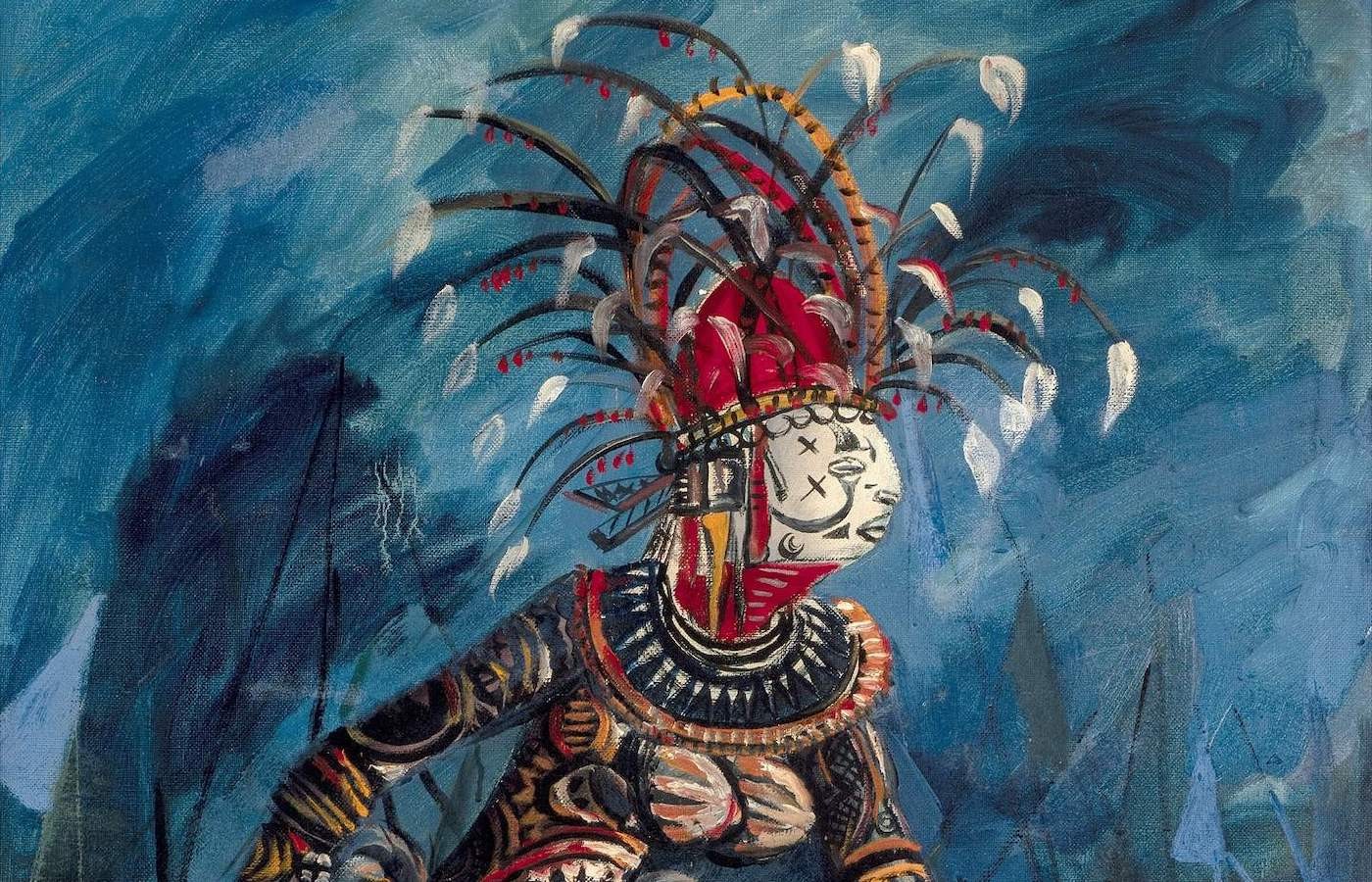
Nigerian Modernism – Group Show
Oct 8, 2025–May 10, 2026
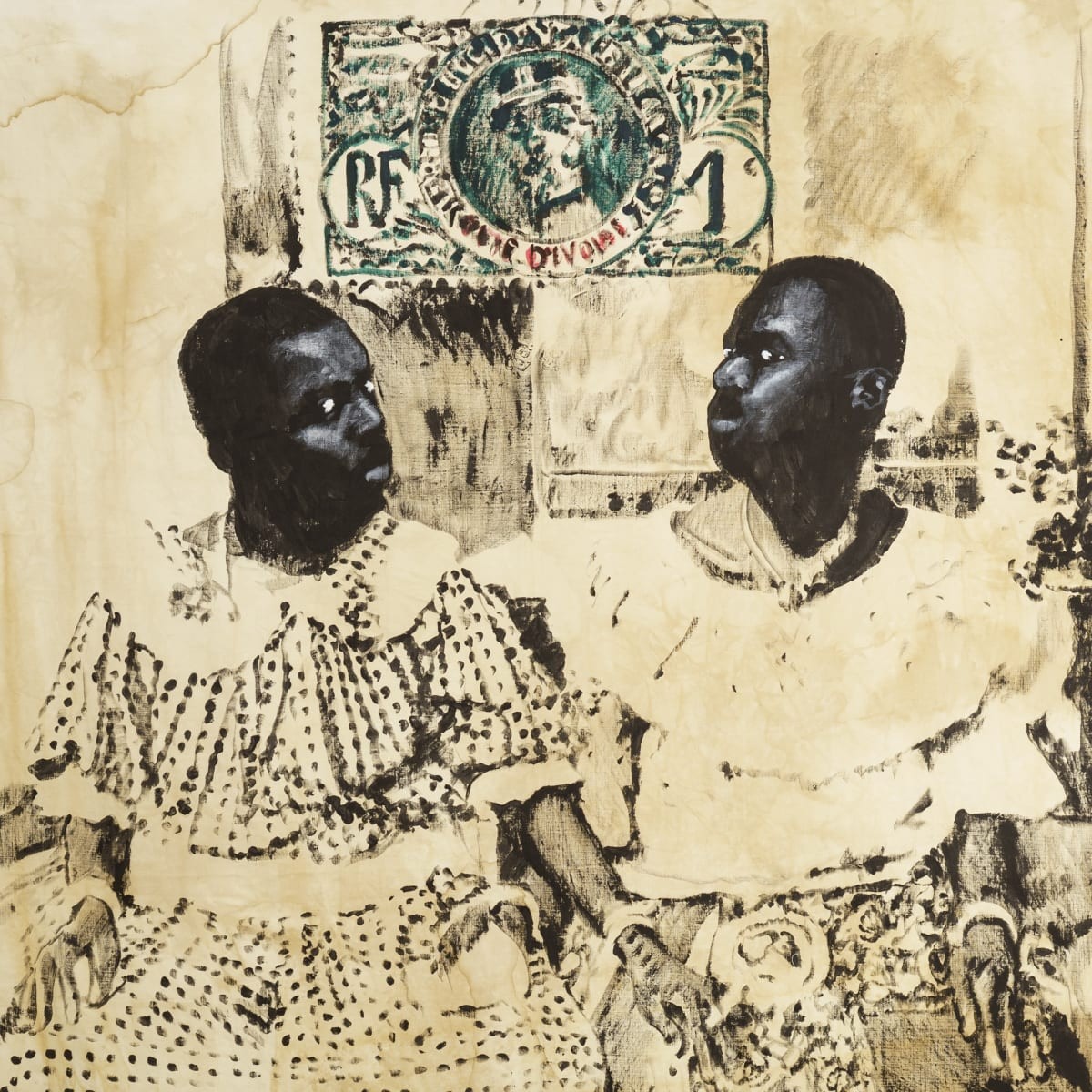
Roméo Mivekannin: Correspondances
Oct 2, 2025–Mar 21, 2026
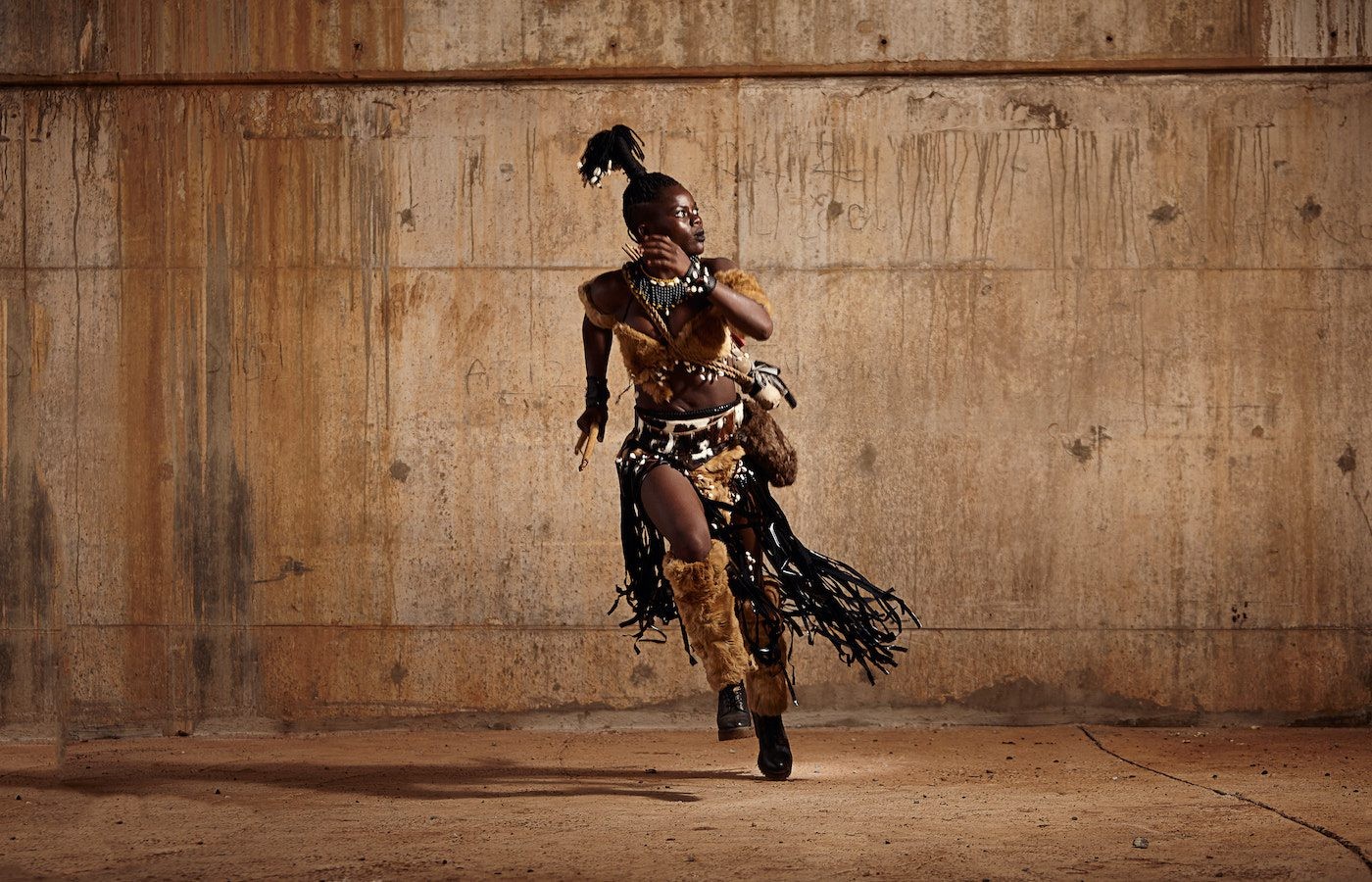
The Writing’s on the Wall (TWTW)
Sep 13, 2025–Mar 14, 2026
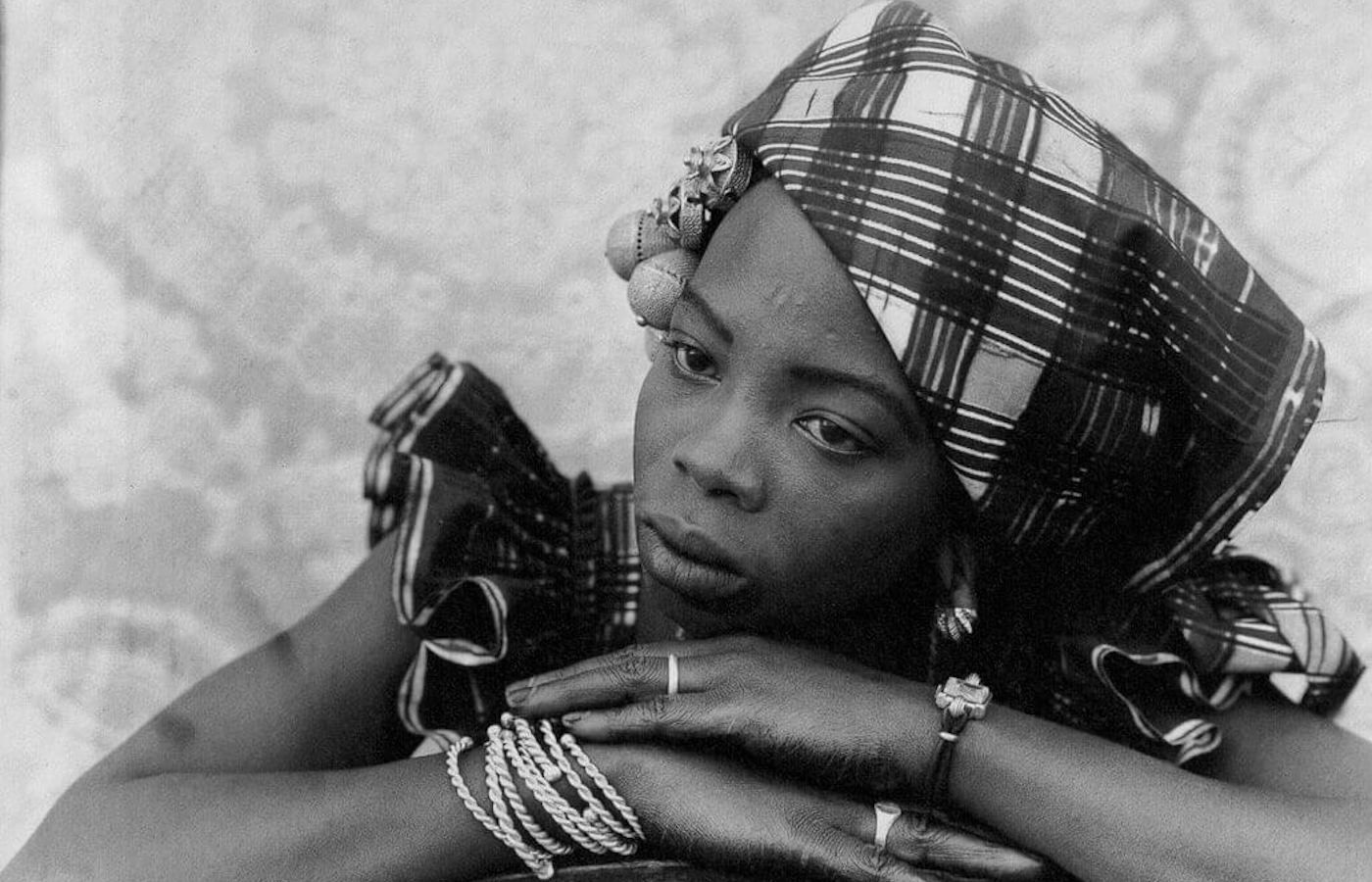
Seydou Keïta: A Tactile Lens
Oct 10, 2025–Mar 8, 2026
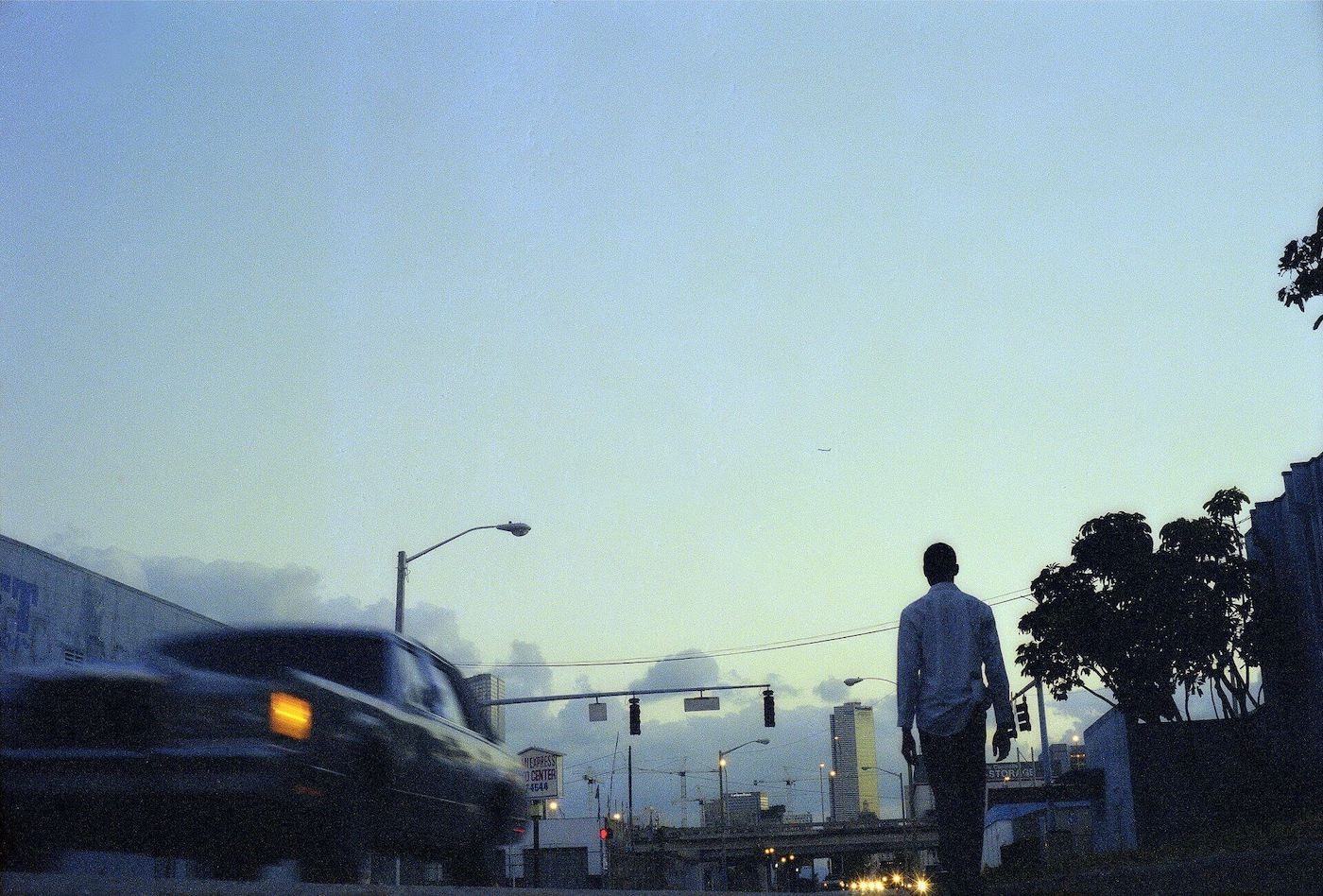
ECHO DELAY REVERB: American Art and Francophone Thought – Group Show
Oct 22, 2025–Feb 15, 2026
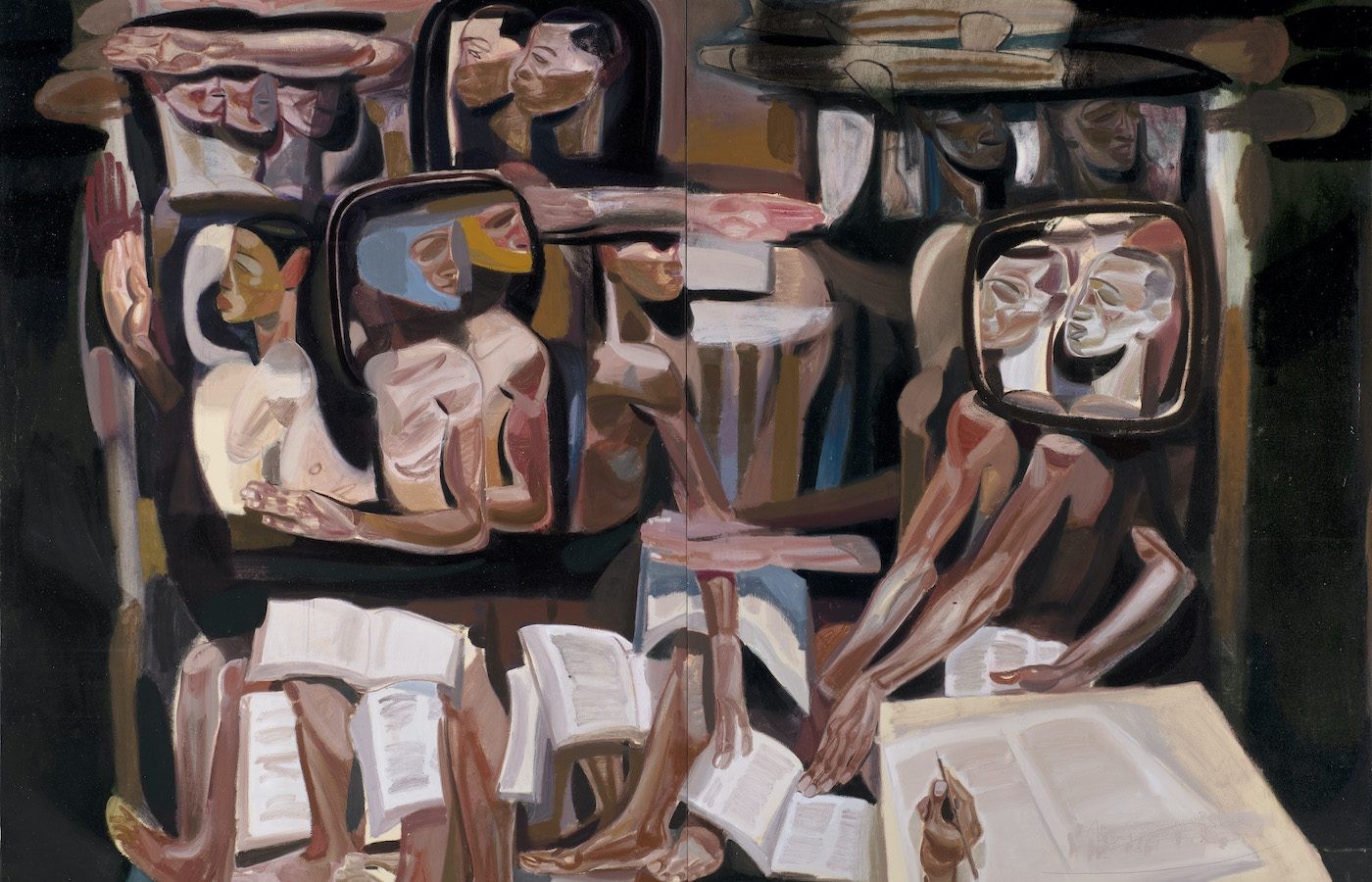
Tesfaye Urgessa: Roots of Resilience
Sep 20, 2025–Feb 15, 2026